Are these citrus roots?
sandiego4s
10 years ago
Related Stories

GARDENING GUIDESHow to Keep Your Citrus Trees Well Fed and Healthy
Ripe for some citrus fertilizer know-how? This mini guide will help your lemon, orange and grapefruit trees flourish
Full Story
GARDENING GUIDESSpring Citrus Care Reaps Months of Sweet Rewards
Learn how to tend citrus trees in spring and ways to preserve their delicious fruit
Full Story
GARDENING AND LANDSCAPINGCitrus 101: Start Your Own Backyard Orchard
This Earth Day Weekend, Add Some Green, Style and Deliciousness to Your Landscape
Full Story
Rooting for Indoor Trees
Houseplants tend to get all the glory indoors, but trees deserve their place in the sun — and in your living room, your entryway, your ...
Full Story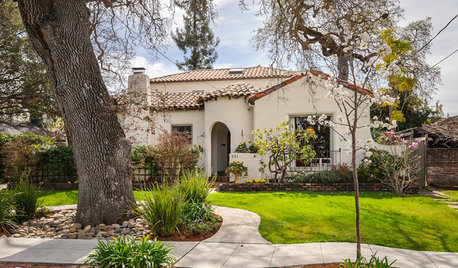
ARCHITECTURERoots of Style: Spanish Eclectic Homes Find a Place in the Sun
Flexible stucco, intricate tiles and more have kept this multicultural style going strong for a century
Full Story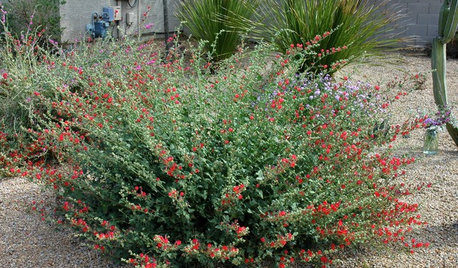
GARDENING GUIDESSouthwest Gardener's February Checklist
Orange you glad for a citrus-fertilizing reminder? And don't forget the recommended doses of vegetable seeds and cold-hardy flowers
Full Story
GARDENING GUIDESGreat Design Plant: Kumquats for a Juiced-Up Winter
Grow it for the edible fruit or its good looks alone. This citrus cousin will brighten any gray winter day
Full Story
HOUZZ TOURSHouzz Tour: The Remaking of a Queen Anne in Boston
A thorough overhaul with soothing hues and modern-day touches celebrates this home’s Victorian roots
Full Story
GARDENING GUIDES7 Fall Beauties for Mild-Climate Container Gardens
We're talking long-term relationship: These showy shrubs will bring color to your container garden autumn after autumn
Full Story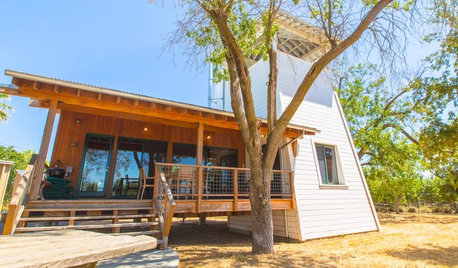
HOUZZ TOURSHouzz TV: See a Modern Family Farmhouse That Can Pick Up and Move
In the latest episode of Houzz TV, watch California architect build a beautifully practical cabin to jumpstart his parents' new farm
Full StorySponsored
Your Industry Leading Flooring Refinishers & Installers in Columbus
More Discussions







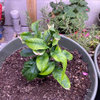
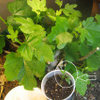
hoosierquilt USDA 10A Sunset 23 Vista CA
rhizo_1 (North AL) zone 7
Related Professionals
Allentown Landscape Architects & Landscape Designers · Maple Valley Landscape Architects & Landscape Designers · Parole Landscape Architects & Landscape Designers · Bellefontaine Neighbors Landscape Contractors · Cudahy Landscape Contractors · Dinuba Landscape Contractors · El Mirage Landscape Contractors · Elmhurst Landscape Contractors · Euclid Landscape Contractors · Gresham Landscape Contractors · New Braunfels Landscape Contractors · Reedley Landscape Contractors · Weymouth Landscape Contractors · Merrifield Landscape Contractors · Tysons Corner Stone, Pavers & Concretesandiego4sOriginal Author
rhizo_1 (North AL) zone 7
sandiego4sOriginal Author
johnmerr
hoosierquilt USDA 10A Sunset 23 Vista CA
sandiego4sOriginal Author